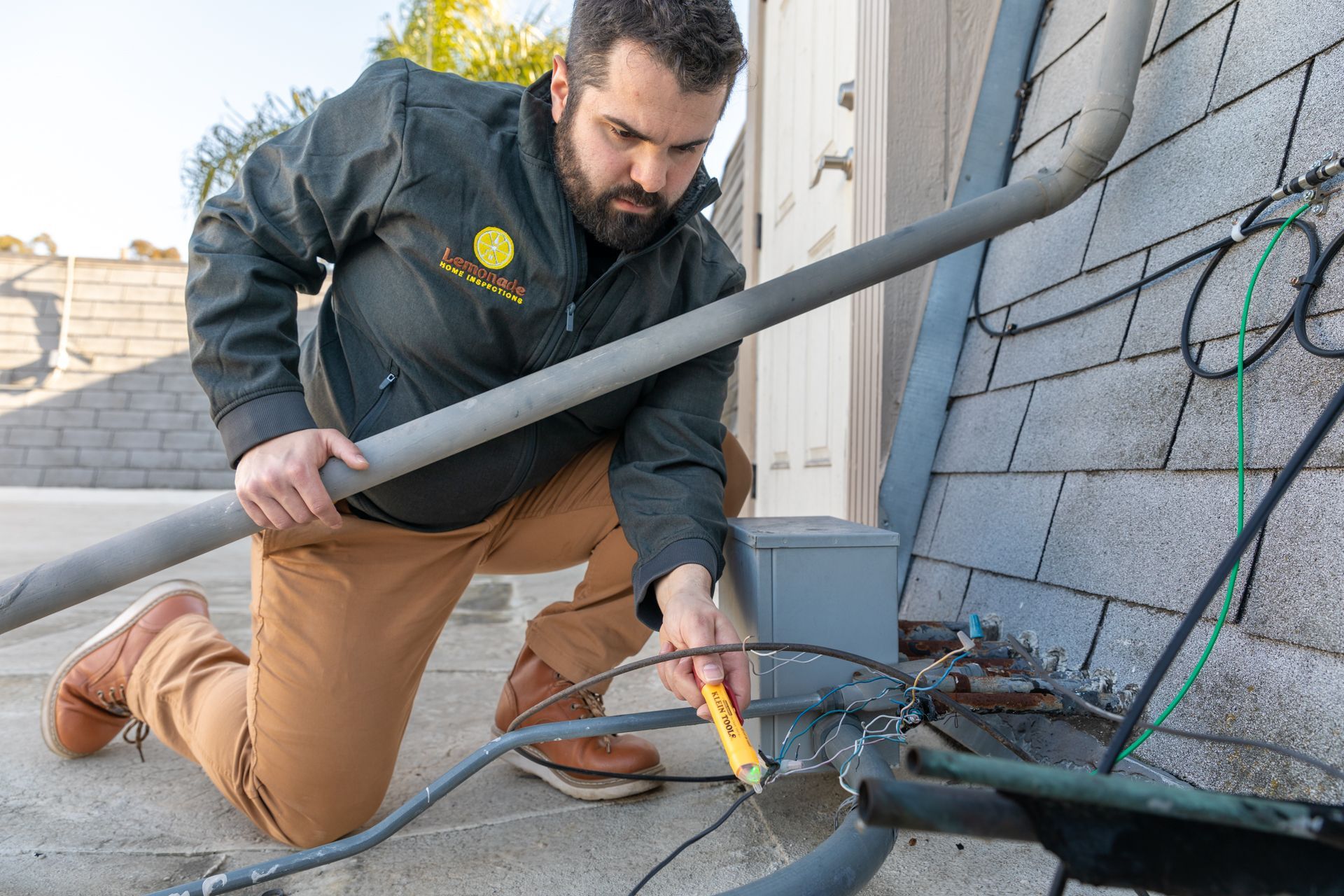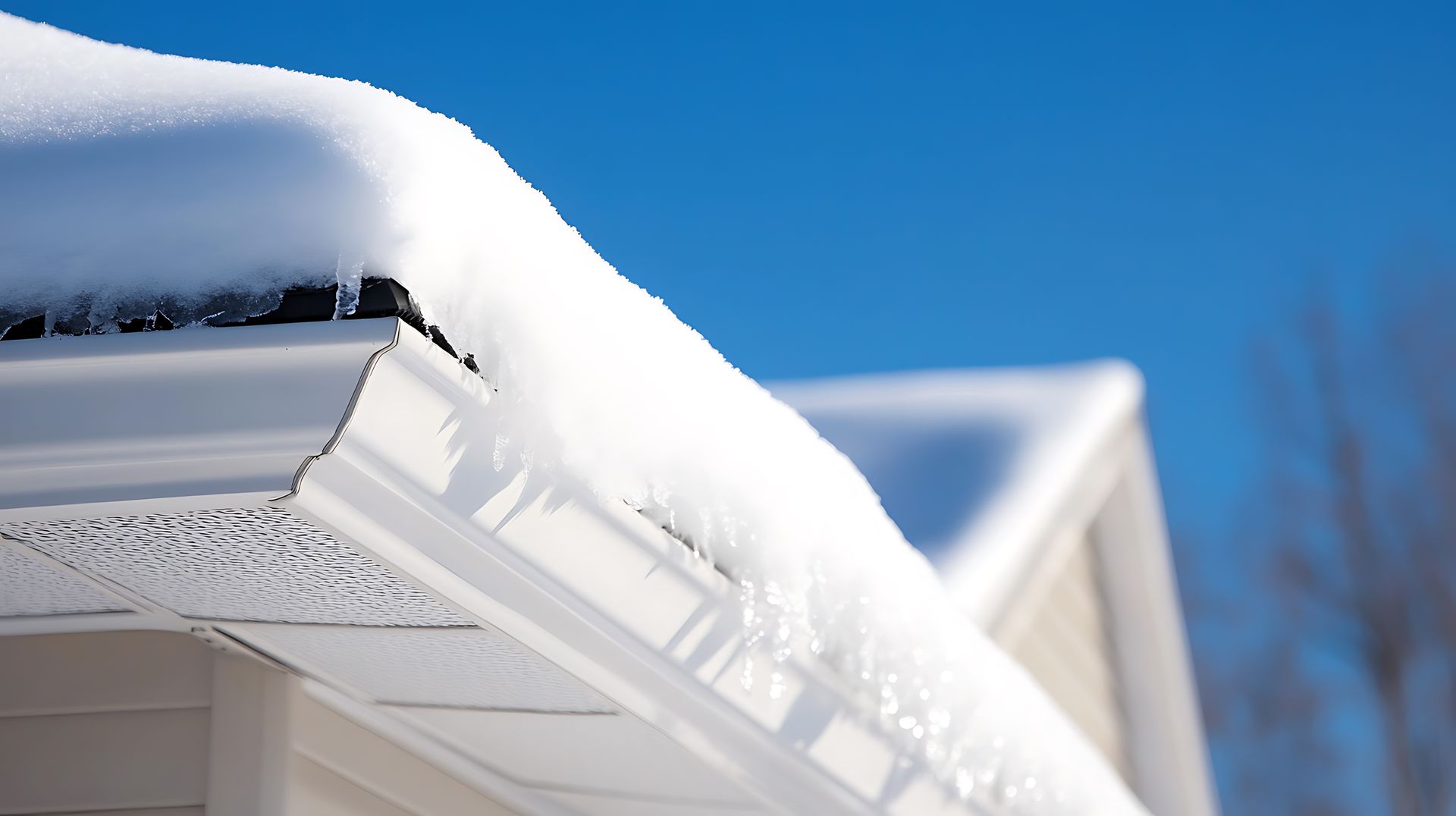Protecting Your Health and Home: The Essential Guide to Radon Testing and Mitigation in Ohio
Radon gas is a silent intruder, colorless and odorless, making its presence in homes particularly dangerous without leaving any noticeable signs. In Ohio, the concern for radon gas levels in homes is heightened due to the state's geological composition, which can contribute to higher concentrations of this harmful gas. This article explores the critical importance of radon testing during the home inspection process in Ohio and offers guidance on mitigating radon risks for homeowners.
Understanding Radon and Its Risks
Radon is a radioactive gas that occurs naturally when uranium in the soil and rock breaks down. It can enter homes through cracks in the foundation, gaps around pipes, or any space that offers direct access to the ground. Once inside, radon can accumulate to dangerous levels, especially during colder months when homes are sealed tightly.
Exposure to radon gas is the second leading cause of lung cancer in the United States after smoking. The Environmental Protection Agency (EPA) estimates that thousands of deaths each year are due to radon-induced lung cancer. The risk is significantly higher for smokers living in a home with high radon levels.
The Significance of Radon Testing in Ohio
Ohio's geological features, including its soil and rock types, make certain areas more susceptible to high radon levels. The Ohio Department of Health has identified that nearly half of all homes in Ohio could have radon levels above the EPA's action level of 4 picocuries per liter (pCi/L).
Considering these statistics, radon testing becomes an essential step in the home inspection process for any Ohio homebuyer or seller. Testing is the only way to determine if a home has elevated radon levels, as there are no immediate symptoms or signs to alert homeowners to radon's presence.
Incorporating Radon Testing in Home Inspections
Professional inspectors can conduct radon testing during a home inspection using specialized equipment. These tests are either short-term (taking 48 to 96 hours) or long-term (lasting up to 90 days) and are crucial in accurately assessing the radon levels in a home.
For Ohio homeowners, incorporating radon testing into the home inspection process offers peace of mind, knowing that their families are safe from the health risks of radon exposure. For homebuyers, it ensures that they are making an informed decision about their purchase, while sellers can address radon mitigation before listing their property, potentially increasing its marketability.
Mitigating Radon Risks in Ohio Homes
If a home inspection reveals elevated levels of radon, there are effective mitigation strategies to reduce radon levels:
- Sealing Cracks and Openings: This method involves sealing cracks in the foundation and other openings at the ground level. While it's a basic step, it's often used in conjunction with other mitigation methods.
- Radon Ventilation Systems: Also known as sub-slab depressurization, this method involves installing a pipe and fan system to draw radon from beneath the home and vent it outside. It's highly effective and can significantly reduce radon levels.
- Room Pressurization: Another strategy is using a fan to create pressure differences that prevent radon from entering the home. However, its effectiveness can vary based on home design and other factors.
Homeowners should work with certified radon mitigation professionals to determine the most effective strategy.
Conclusion
Radon testing is a critical component of the home inspection process in Ohio, given the state's propensity for high radon levels. By understanding the risks associated with radon exposure and taking proactive steps for testing and mitigation, Ohio homeowners can ensure their homes are safe and healthy environments. Remember, the cost of radon mitigation is an investment in your family's health and peace of mind, making it a crucial consideration for anyone living in or moving to Ohio.




